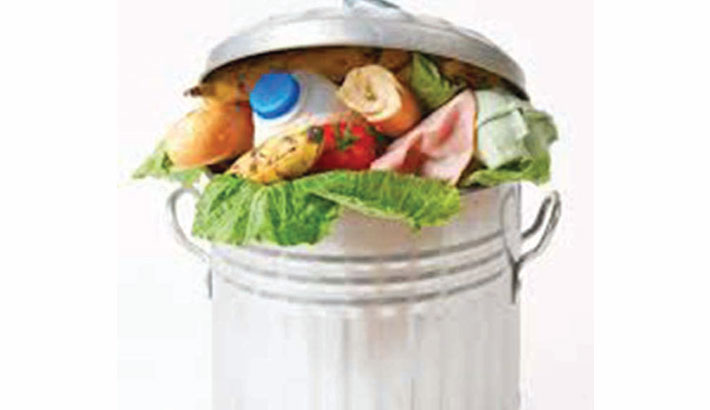In the world of scarcity, almost one-third of globally produced food is wasted or lost from farm to dinner plates, leaving troubled for social and environmental legacies. Wasting food is a devastating delicacy when over fifty thousand people are dying every day around the world due to hunger and hunger-related diseases. According to a recent FAO report, “This food wastage represents a missed opportunity to improve global food security, but also to mitigate environmental impacts and resources use from food chains.”
Currently, the world’s population is 7.8 billion and it is estimated to reach around 10 billion in 2050. As such, the total food demand is also rising. In a world of resource scarcity and environmental vulnerability complicated largely by climate change and the recent pandemic, meeting these increased demands in a sustainable manner is a real challenge.
These demands can be met by the increase of food supplies alongside the diminishing of food wastage. Each year, an estimated 1.3 billion tonnes of food waste is being produced globally, which can be transformed roughly into one-third of the total amount of food that is being produced specifically for human consumption. The amount produced has been estimated to be around 1 trillion USD.
There are many critical implications for wasted food. Food waste fuels the social predicament of hunger. The amount of food that is being wasted would be sufficient enough to feed and sustain every undernourished individual around the world. Alongside the increase of food waste, the global population facing the deprivation of food chronically is also rising. In fact, consumer-level food waste in industrialised countries, which has been measured to 222 million tonnes, has almost reached the sum net production of food in Sub Saharan Africa, a total of 230 million tonnes.
Industrialised countries possess a high concentration of food waste, where approximately 40% of the total food waste is generated at consumer and retail levels. This is due to the trend of growing income as well as cultural change, which urges consumers towards diversified greater quantities of high-valued crops and animal products.
Food-waste produced at the consumer level is a result of socially coordinated practices and daily activities such as frequency of shopping, eating routines and meal planning. However, food waste is also prevalent in developing countries at the beginning of the supply chain due to inefficiencies in harvesting, technologies and infrastructure.
Alongside the humanitarian issues, food waste also poses great environmental concerns. When food is wasted, the components and systems that were utilised in the supply chain are also wasted. Water and energy are lost throughout the process, during stages such as growing, harvesting, packaging and transporting food products.
Agriculture alone accounts for up to 70 per cent of the world’s use of water, using around half of the habitable land on earth. Food waste, therefore, means a vast waste of water and other resources. Although around 70-80 per cent of all wasted food is recyclable, only a small fraction is recycled and the rest is disposed of in landfills, where it decomposes and produces a greenhouse gas, methane, which is more hazardous than carbon dioxide.
In Singapore, for example, about 10 percent of its total produced waste is food waste and only 18 per cent of that is recycled, and the rest is sent for incineration at waste-to-energy plants. Over the last decade, Singapore’s generated food waste has grown by 20 per cent, and in 2019 it produced 744 million kilograms of food waste.
In a recent study conducted by the Singapore Environment Council (SEC), it has been found that each household produces food waste worth about S$258 and in summation of all households amounts to about S$342 million. As more food is wasted, more food must be sourced in order to meet food demands, which places Singapore’s food security in a difficult position, considering that over 90 percent of its food supply is imported.
According to the SEC, Singapore imports about two million tonnes of food, of which almost 400,000 tonnes is lost as food waste. As sources of food are being more frequently utilised alongside resources needed to dispose of the waste, Singapore’s carbon footprint also increases.
Given that Singapore is a relatively small country, a little island located in Southeast Asia, the increasing amount of food waste strains its disposing resources. More facilities that aids in the disposal of waste need to be constructed, which is troublesome and unsustainable for a country with a scarce amount of land.
There are many methods of food waste reduction, which can be applied throughout the sup













